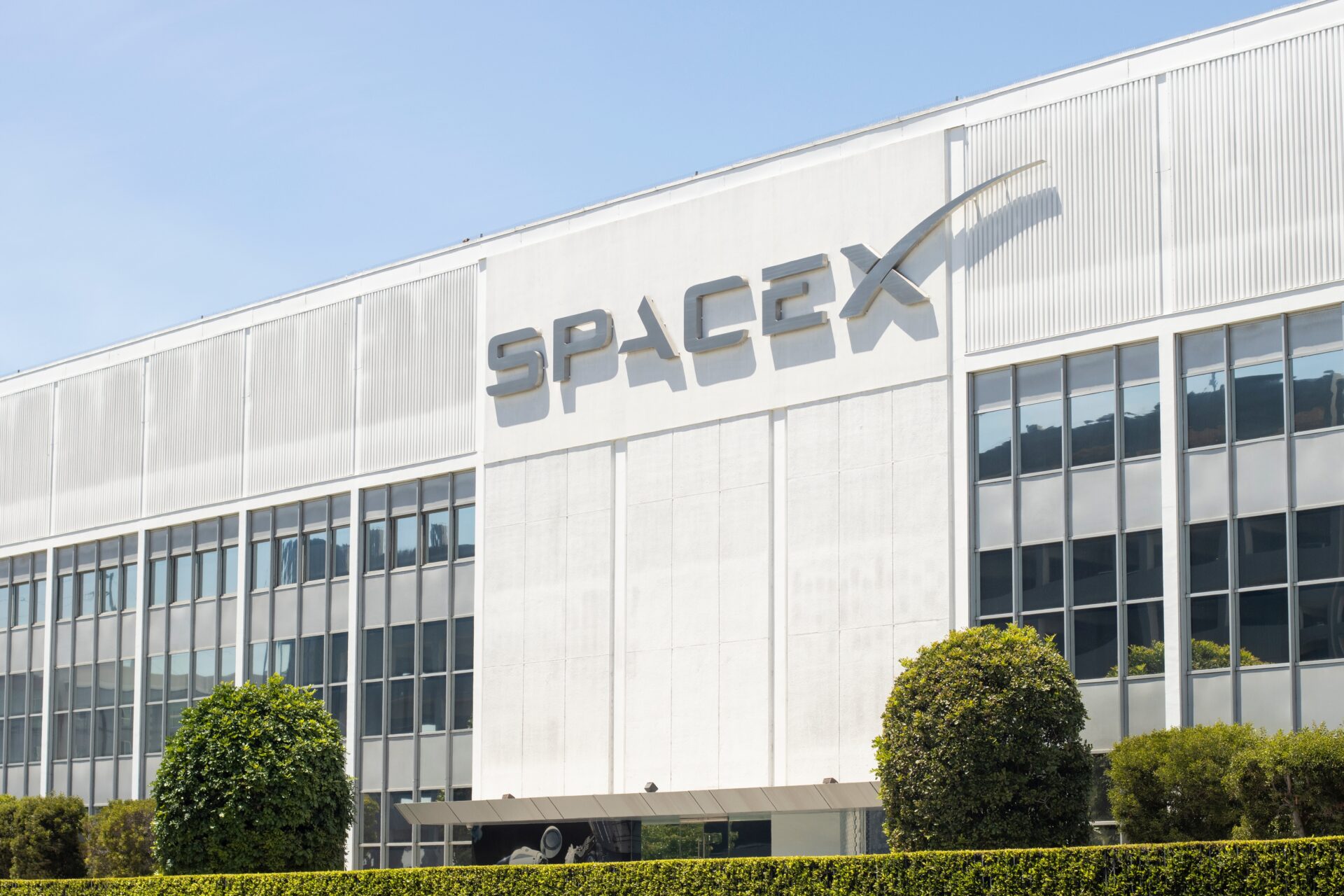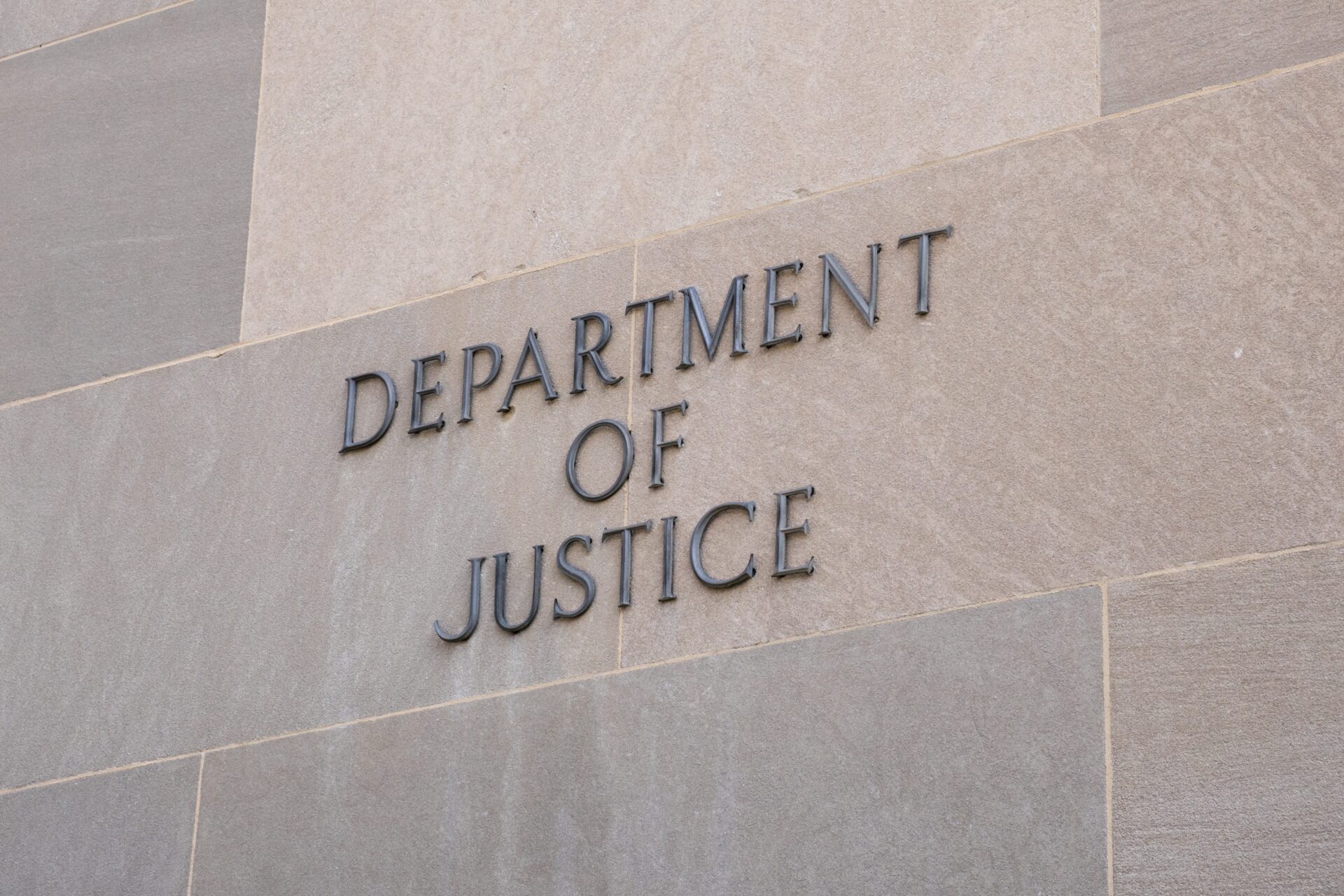
SpaceX Starship Prepares for 11th Flight
SpaceX is set to conduct its 11th Starship test flight on October 13, 2025, from Starbase, Texas. This mission marks the final launch of the Starship Block 2 iteration and is a crucial step in the company’s development, particularly in its focus on reusability. The flight faces ongoing regulatory and environmental challenges, with its outcome potentially influencing the United States’ leadership in space exploration.
Story Highlights
- SpaceX is scheduled to conduct its 11th Starship test flight from Starbase, Texas, on October 13, 2025.
- This mission will be the final launch of the Starship Block 2 iteration.
- The company faces ongoing regulatory and environmental challenges.
- The flight’s outcome could influence the United States’ position in space exploration.
SpaceX’s Upcoming Launch and Technical Milestones
SpaceX is preparing for the 11th integrated test flight of its Starship-Super Heavy rocket from Starbase, Texas, scheduled for October 13, 2025. This mission involves the second deployment of Booster 15 and marks the final launch of the Block 2 Starship upper stage. This event is a step in SpaceX’s development, highlighting its focus on reusability in its operational model.
The upcoming flight is anticipated to facilitate the transition to Version 3 hardware, which is expected to feature design improvements. The pace of SpaceX’s testing has drawn regulatory attention, as authorities aim to balance technological progress with public safety. As the Starship spacecraft progresses, public and media interest continues to grow, drawing attention to the company’s approach to transparency and public engagement.
Starship flight tomorrow evening https://t.co/Fbkw1zch2V
— Elon Musk (@elonmusk) October 13, 2025
Regulatory and Environmental Challenges
SpaceX’s efforts are subject to regulatory and environmental oversight. The Federal Aviation Administration (FAA) is responsible for launch licensing, safety, and environmental compliance, ensuring adherence to established requirements. Previous operational delays resulting from FAA investigations underscore the complexities involved in the program. Local communities and environmental organizations have expressed concerns regarding the potential impact of frequent launches on the environment and local quality of life.
SpaceX is tasked with addressing these challenges while continuing its development efforts. The results of Flight 11 are expected to influence future regulatory interactions and the company’s ability to achieve its objectives. The test flight is a significant event for both SpaceX’s technical goals and its relationships with regulatory bodies and local stakeholders.
Implications for U.S. Space Leadership
The advancement of SpaceX’s Starship program has the potential to support U.S. leadership in space exploration, potentially offering reduced expenses for satellite deployment, space tourism, and interplanetary missions. National security interests may increasingly consider Starship for rapid and responsive access to space. However, any operational issues during the flight could lead to additional FAA reviews, potentially causing delays in future operations and affecting public perception.
Within the broader industry, Starship’s development is observed by the satellite, defense, and tourism sectors, which could benefit from reduced launch costs. As SpaceX continues its work in space exploration, the implications for global competition, regulatory frameworks, and environmental considerations remain relevant.
Watch the report: Final launch of Starship Block B – Preview of SpaceX’s Starship Flight 11
Sources:
UPI: SpaceX Eleventh Test Flight of Starship
National Review: Starship Flight Test 11
SpaceX: Starship Flight 11


